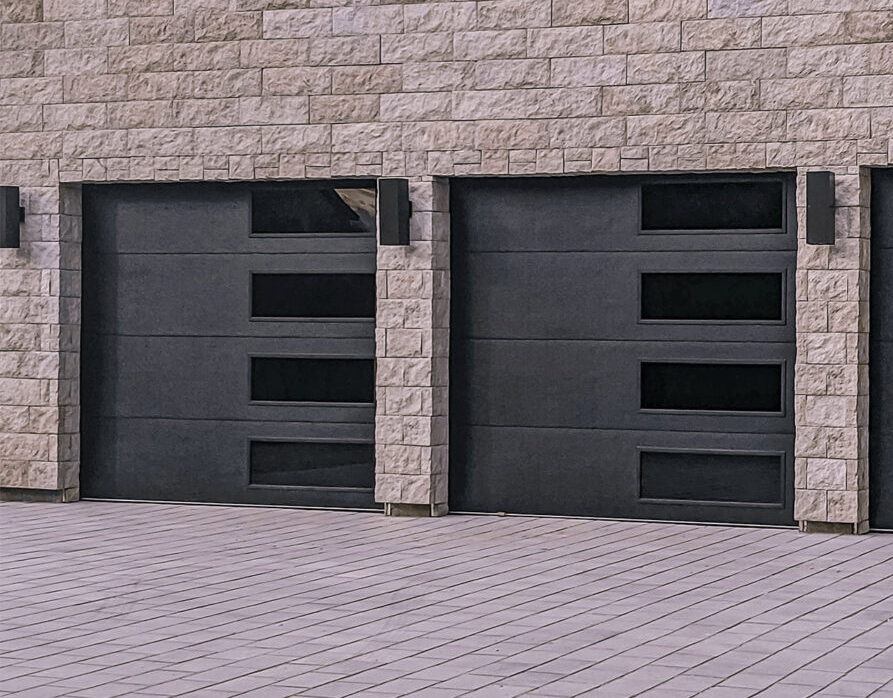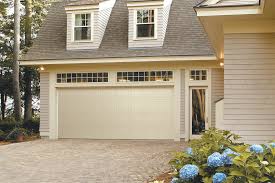Garage Door Repair Hesperia CA come in a variety of sizes to accommodate different types of vehicles and garage configurations.

The standard sizes for garage doors are typically determined by the dimensions of common vehicles and the number of cars a garage is designed to hold. Here’s a detailed exploration of the various sizes available in the market.
One of the most common sizes for a single-car garage door is 8 feet wide by 7 feet tall. This size is suitable for compact cars and provides enough clearance for most vehicles to enter and exit comfortably. However, for larger vehicles such as trucks and SUVs, a wider door may be necessary. Double-car garage doors are often 16 feet wide, allowing ample space for two vehicles side by side. The height of these doors is usually 7 or 8 feet, providing sufficient clearance for most standard-sized vehicles.
In addition to the standard single and double-car garage doors, there are also variations in height and width to accommodate larger vehicles and specialized needs. For example, RV garage doors are designed to be much taller, typically ranging from 10 to 14 feet in height, and wider, with widths ranging from 10 to 16 feet or more. This allows for the storage of recreational vehicles, motorhomes, and other oversized vehicles.
For homeowners with multiple vehicles or those who use their garage for additional purposes such as storage or a workshop, custom garage door sizes may be preferred. Custom doors can be tailored to fit specific dimensions, providing flexibility for unique garage layouts and design preferences.
It’s important to note that while standard sizes are common, garage doors can be customized to fit almost any opening. This customization is especially useful for non-traditional garage spaces or when renovating an older home with unique architectural features.
In terms of materials, garage doors are commonly available in steel, aluminum, wood, and composite materials. Each material has its own set of advantages and considerations, and the choice often depends on factors such as budget, aesthetics, and maintenance preferences.
In conclusion,Garage Door Repair Hesperia CA come in a range of sizes to suit various needs, from single-car garages to large RV storage spaces. Standard sizes cater to the dimensions of typical vehicles, but customization options are available for those with specific requirements. The choice of size and material depends on individual preferences and the intended use of the garage space.
Hesperia Overhead & Garage Doors
18361 Bear Valley Rd # 4, Hesperia, CA 92345, United States
1-760-9901054





